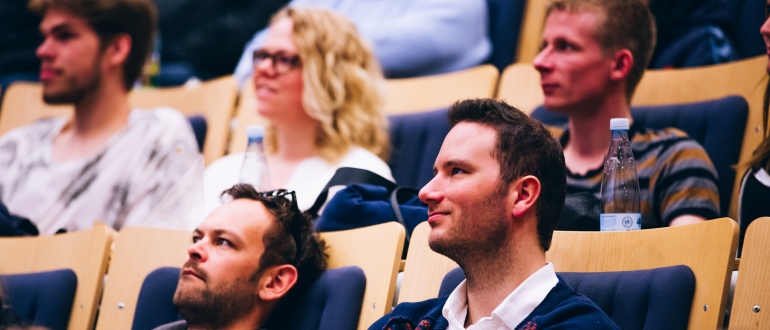By Klaus Petersen & Nils Arne Sørensen:
Coca-Cola is far more than a soft-drink. It is a uniquely strong brand, and has even been closely identified with the American Way of Life and with the United States itself. This is a key reason why the entry of Coca-Cola on the post-war European markets was controversial in many countries. Equally important was the fact that many European economic interest groups felt threatened by the American company as they feared that the American “miracle drink” would take away market shares from wine, beer and local soft-drinks. This project will analyse the Danish version of this conflict detailing and documenting the following outline.
As in other European countries, breweries and soft drink producers worried that the iconic Coca-Cola would be successful in crowding out not only Danish soft drinks but also beer. Coca-Cola had been introduced in Denmark with limited success in 1935. Due to war time restrictions, the production ended in 1942. After the war, the strict rationing of sugar meant that the Coca Cola Company could not find Danish bottlers willing or able to undertake a production but when the end of sugar rationing was announced in 1952, local producers feared the worst. However, breweries and soft drink producers successfully lobbied the government to introduce a special tax on soft drinks containing cola-nut making cola drinks as expensive as beer. The tax was very efficient limiting the sales of cola drinks in Denmark to about 10,000 litres annually. Although the tax, effective from 1953, had been carefully designed to cover all drinks containing cola nuts, it was evidently directed against Coca-Cola, and the American company protested, supported by the US government and Danish allies. As a result of this, in 1959 the tax was abolished. In this situation, an alliance of 18 soft-drink producers (including the main breweries of the country, headed by Carlsberg) joined forces to produce the local brand, Jolly Cola. Jolly Cola was a clear cut copy of Coca-Cola, both in taste and in business structure where the Danish company Dansk Coladrik A/S played the same role that the mother company in Atlanta did in the Coca Cola construction. If Coca-Cola had the advantage of the brand name, the Danish producers had the advantage of local networks and the industry’s well developed distribution infrastructure, and when the Danish “cola-war” broke out in July 1959, Jolly Cola managed to secure about half of the market. Although Jolly Cola suffered from the competition of the globally established American brands (Pepsi Cola was introduced in Denmark in 1970), it managed to hang on to an impressive market share of some 40% until the late 1980s.
Coca-Cola is far more than a soft-drink. It is a uniquely strong brand, and has even been closely identified with the American Way of Life and with the United States itself. This is a key reason why the entry of Coca-Cola on the post-war European markets was controversial in many countries. Equally important was the fact that many European economic interest groups felt threatened by the American company as they feared that the American “miracle drink” would take away market shares from wine, beer and local soft-drinks. This project will analyse the Danish version of this conflict detailing and documenting the following outline.
As in other European countries, breweries and soft drink producers worried that the iconic Coca-Cola would be successful in crowding out not only Danish soft drinks but also beer. Coca-Cola had been introduced in Denmark with limited success in 1935. Due to war time restrictions, the production ended in 1942. After the war, the strict rationing of sugar meant that the Coca Cola Company could not find Danish bottlers willing or able to undertake a production but when the end of sugar rationing was announced in 1952, local producers feared the worst. However, breweries and soft drink producers successfully lobbied the government to introduce a special tax on soft drinks containing cola-nut making cola drinks as expensive as beer. The tax was very efficient limiting the sales of cola drinks in Denmark to about 10,000 litres annually. Although the tax, effective from 1953, had been carefully designed to cover all drinks containing cola nuts, it was evidently directed against Coca-Cola, and the American company protested, supported by the US government and Danish allies. As a result of this, in 1959 the tax was abolished. In this situation, an alliance of 18 soft-drink producers (including the main breweries of the country, headed by Carlsberg) joined forces to produce the local brand, Jolly Cola. Jolly Cola was a clear cut copy of Coca-Cola, both in taste and in business structure where the Danish company Dansk Coladrik A/S played the same role that the mother company in Atlanta did in the Coca Cola construction. If Coca-Cola had the advantage of the brand name, the Danish producers had the advantage of local networks and the industry’s well developed distribution infrastructure, and when the Danish “cola-war” broke out in July 1959, Jolly Cola managed to secure about half of the market. Although Jolly Cola suffered from the competition of the globally established American brands (Pepsi Cola was introduced in Denmark in 1970), it managed to hang on to an impressive market share of some 40% until the late 1980s.
